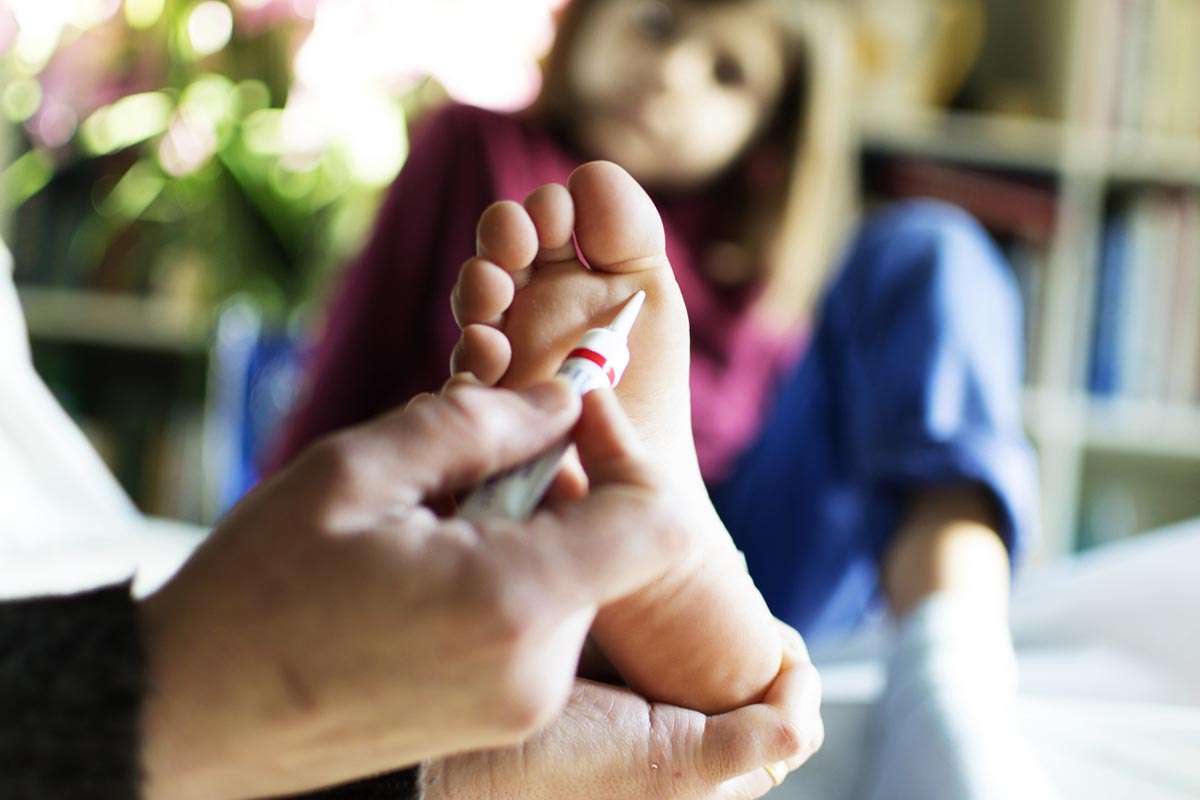Having warts does not mean that a child's immune system is weak. While the immune system is left to play a role in making warts go away, the vast majority of kids with warts of any kind have a normal immune system.
Warts are one of the most common skin complaints in childhood, occurring in 7 to 10 percent of all children. Plantar warts occur on the soles of the feet, usually on the weight bearing surfaces: heels, toes, and the ball of the foot. Because one is walking on them, they are pressed inward, and can become deep and painful. It is quite common for there to be several warts on one foot, a larger initial wart, and "baby" warts nearby.
Most warts will go away on their own eventually, without any therapy. However, this can take months to years and often people do not want to tolerate them for that long. Most of the treatments for warts are only partially effective. It is very difficult to remove the wart along with the small amount of virus that may be lingering on the skin, so it's common for them to recur. There are many topical irrritative treatments -- usually some sort of acid -- that can be applied over time; you have to be careful not to involve the surrounding normal skin. Liquid nitrogen treatments (freezing them), applied in the doctor's office, can be quite effective.
Laser therapy and surgery (cutting them out) are more involved treatments, but the likelihood of scarring is much higher with these than with the acid therapies. At times, it can be hard to justify the use of these methods, given that the wart is not causing any permanent harm, and any scar that is left would be lifelong.
